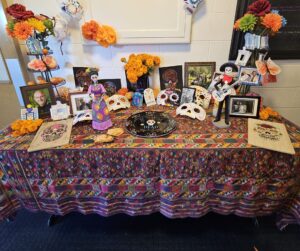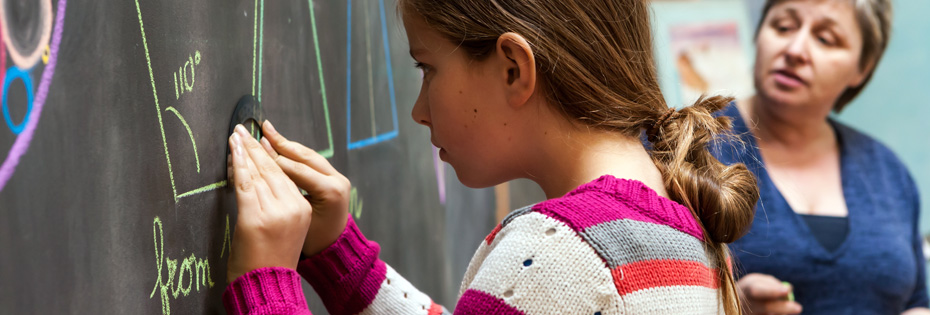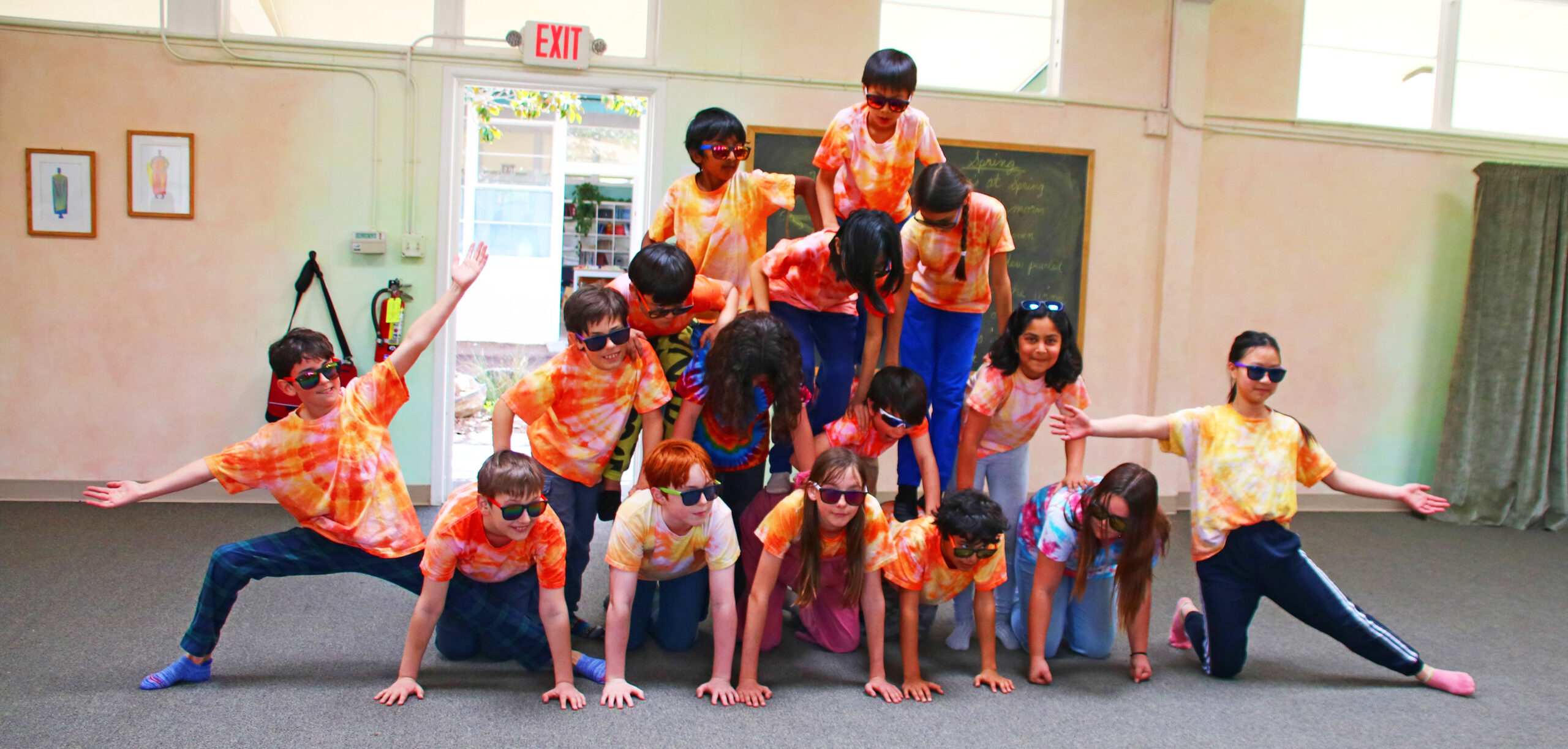
The Role of Movement and Games in Grades 1 – 8
by Meeta Panicker and Liam Metzger | WSP Movement Teachers, Grades 1 – 8
Movement and games are integral to Waldorf education, harmonizing body, soul, and spirit by fostering physical coordination, spatial awareness, and self-expression. The curriculum supports physical health, sensory development, and a sense of wonder while developing fine and gross motor skills, teamwork, and fair play. Through age-appropriate activities, students enhance their creativity, coordination, communication, cooperation, confidence, and competitive spirit, supporting their physical and emotional development at each stage:
- Early Childhood (0-7 years): Emphasis on imitation and movement to develop foundational motor skills and spatial awareness.
- Middle Childhood (7-14 years): Focus on imagination, play, and structured games to enhance creativity, social skills, and cognitive development.
- Adolescence (14-21 years): Incorporation of more structured physical education, sports, and eurythmy to support self-discipline, teamwork, and personal growth.
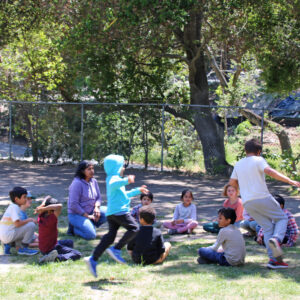 In first grade, we are focusing on the class as a whole. The games are circle-based with a focus on where we are in space. We incorporate hand clapping games, and running games such as tag, ball games, and bean bag games. The children learn how to jump rope and navigate simple obstacle courses. We work with fairy tales, imagination, rhythm, and repetition. With their imaginative abilities, the grade 1 children thrive on these games.
In first grade, we are focusing on the class as a whole. The games are circle-based with a focus on where we are in space. We incorporate hand clapping games, and running games such as tag, ball games, and bean bag games. The children learn how to jump rope and navigate simple obstacle courses. We work with fairy tales, imagination, rhythm, and repetition. With their imaginative abilities, the grade 1 children thrive on these games.
In second grade, the games of call and response like Walk the Plank and Join the Crew, Fire in the Forest, and The Sea Is Stormy are introduced. The students learn to concentrate on a given task for longer periods. They are more independent and better oriented. We work on their motor skills and spatial awareness. Free imaginative play also continues.
In third grade, the children are curious and ready to play all the games we can bring to them. This is the year they are more coordinated in their bodies. We continue to run, hop, skip, jump; and work on static and dynamic balance. Catching, throwing, kicking a ball, working in teams, and presenting their fair teams are the themes in grade 3. Games like kickball, dodgeball, capture the flag, and relays are introduced this year as well.
In fourth grade, the children are learning about their boundaries and seeing how they can challenge themselves. This is the year we introduce the circus arts: unicycle, stilts, juggling, gymnastics, and hula hoops. The students continue to play team games such as dodgeball, kickball, capture the flag, and Chicken in the Coop.They present their fair teams to the class. They are introduced to sports lead-up games and games of “vigorous deeds,” and continue to develop team-building.
In fifth grade, we are working on grace and beauty. We focus more on the form and techniques. The Pentathlon is a big part of grade five. The fifth grade child is in perfect harmony and balance, poised between early childhood and oncoming adolescence. The students learn and display their abilities in the javelin, discus, chariot running, wrestling, and long jump. Apart from this, we continue on sports lead-up games like basketball, pillow polo, dodgeball, kickball, and capture the flag. They also continue to hone their skills in circus arts.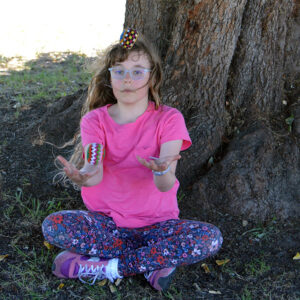
The middle school curriculum is pretty consistent throughout all three of the grades, with the biggest difference being the competitions each grade has at the end of the year. The year begins with Pillow Polo, which is an easy game both to learn and to play and doesn’t require much strategy. The blocks become more complex as the year progresses, with the next two blocks being Volleyball and Football. Both of these sports require strategy and teamwork along with good communication. These help the students learn how to work together to achieve a common goal and how to strategize their approach. Team captains are introduced with the objective of giving each student a leadership role which helps to aid their development in Middle School. After the New Year, the sixth grade will have a wrestling block which helps them get a feel for their individual strength as they enter puberty. Different from this, the seventh and eighth grade students will have a running block, with the goal of them learning how to push and motivate themselves to achieve the objectives they set.
Soccer is the next block and requires students to use the teamwork and strategizing skills they learned earlier in the year. This is a sport in which individual brilliance and excellent teamwork shine all in one place, allowing for each student to decide what role they want to play. Badminton follows Soccer and requires both teamwork 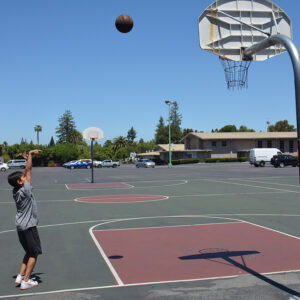 and precision, yet on a much smaller scale. In Badminton the students are paired up into groups of two or four and have to learn how to communicate effectively and be precise with their hits. This allows for students who don’t normally work together to learn how to work in close proximity with each other. Ultimate Frisbee follows Soccer which helps the students to learn how to respect the personal space of others. When a player has the frisbee, their opponent must stand back an arm’s length. Ultimate Frisbee also requires clear and concise communication amongst teammates which helps the students learn how to speak up and work together. The year finishes off with Street Hockey, and in this block students learn the importance of safe play. Since wooden sticks are being used, the risk for injury is higher than it is for other blocks, and the students learn how to mitigate this risk to play safely. Teamwork is crucial in Street Hockey and the students learn how to work together and support one another along with playing safely and responsibly.
and precision, yet on a much smaller scale. In Badminton the students are paired up into groups of two or four and have to learn how to communicate effectively and be precise with their hits. This allows for students who don’t normally work together to learn how to work in close proximity with each other. Ultimate Frisbee follows Soccer which helps the students to learn how to respect the personal space of others. When a player has the frisbee, their opponent must stand back an arm’s length. Ultimate Frisbee also requires clear and concise communication amongst teammates which helps the students learn how to speak up and work together. The year finishes off with Street Hockey, and in this block students learn the importance of safe play. Since wooden sticks are being used, the risk for injury is higher than it is for other blocks, and the students learn how to mitigate this risk to play safely. Teamwork is crucial in Street Hockey and the students learn how to work together and support one another along with playing safely and responsibly.
_______________________________________
Second in our series on movement at WSP. Read our first post, Shaping Success: Exploring High School Physical Education, here.


